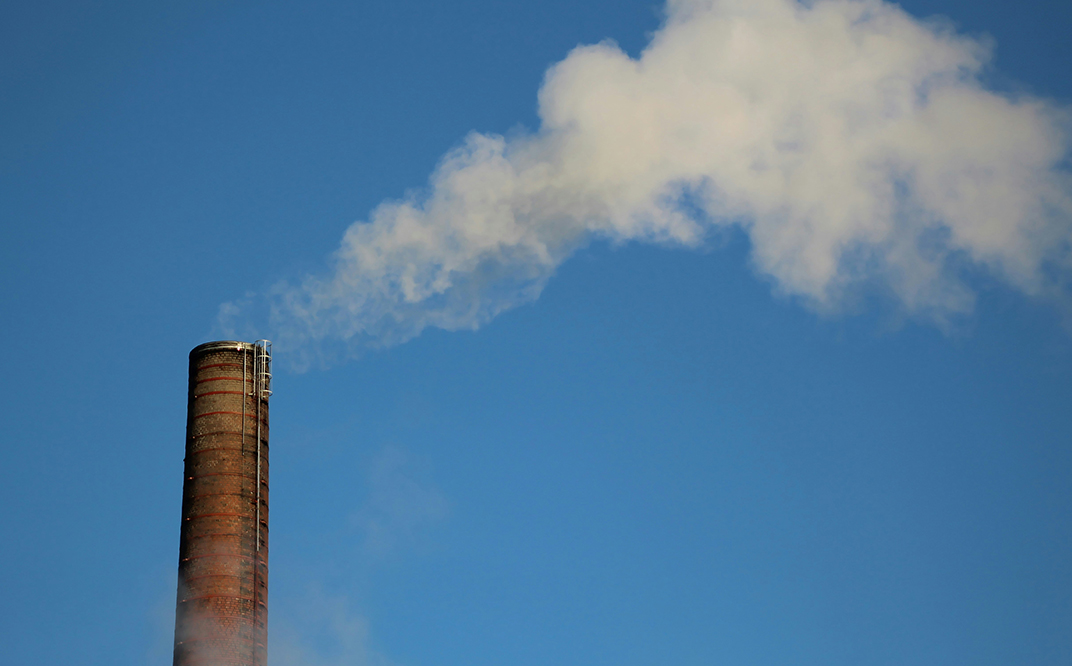Carbon Border Adjustment Mechanism (CBAM)
Adjustment measures prepared under the leadership of the European Union to support environmental sustainability by reducing carbon emissions continue to be implemented. Cabon border adjustment mechanism, which aims to support the fight against climate change, is one of the innovative instruments developed by the European Union as a adjustment measure. So, how successful will this innovative instrument be in achieving the European Union’s goal of reducing carbon emissions?

What is the Carbon Border Adjustment Mechanism (CBAM)?
The Carbon Border Adjustment Mechanism (CBAM), also known as the Carbon Border Adjustment Mechanism (CBAM), was introduced by the European Union on October 1, 2023 to reduce the risk of carbon leakage and support emission reduction targets. Today recognized as one of the most fundamental tools for reducing carbon footprint, the CBAM was complemented by revisions to the EU Emissions Trading System (ETS).
The CBAM aims to offset the carbon costs between manufactured goods and imported goods. In simpler terms, with CBAM(Thanks to CBAM?), the carbon costs faced by producers within the EU are also applied to producers outside the EU. This aims to prevent carbon leakage and ensure that the European Union remains competitive in the face of rising green transformation costs.
Intensive carbon production activities are subject to strict regulations within the European Union. Carbon leakage is the shift of these production activities to countries where regulations are more lenient. With the CBAM, the European Union aims to prevent this situation and encourage the fight against climate change all over the world.
The period between 2023 and 2025 has been set as a transition period for the CBAM. This means that all importers bringing products or services from abroad are only obliged to report their carbon emission data until the end of 2025. However, by 2026, all importers in the identified sectors must obtain the CBAM certificates. Initially, the cement, iron, steel, aluminum, fertilizer, electricity and hydrogen sectors are subject to the CBAM.

Reporting Date of Carbon Border Adjustment Mechanism
According to the European Commission’s announcement of December 13, 2022, importers must declare each year the goods imported into the EU in the previous year and the amount of embedded carbon they contain. This declaration will be made according to a schedule to be determined according to the ETS rules. According to the website of the Directorate for EU Affairs of the Ministry of Foreign Affairs, this date has been set as May 31.
Importers will need to declare the amount of carbon in imported goods on that date and then purchase the corresponding number of certificates. The price of the certificates will be based on the weekly average price in the ETS system. Of course, this system is not yet fully in place and is only in the reporting phase for now. The current operation is therefore being reviewed by the European Commission. After all the reviews are completed, other sectors and products will be evaluated and included in the scope of the mechanism. The EU aims to reach its carbon-neutrality target by 2050 with the contribution of the CBAM.
Why is the Carbon Border Adjustment Mechanism important?
The Carbon Border Adjustment Mechanism is critical both environmentally and economically. Minimizing the risk of carbon leakage is one of the main advantages of the CBAM. In addition, we can list the reasons why the CCSM is important as follows:
- The CBAM is a global tool that can be used to tackle the climate crisis. By promoting sustainable production practices, it can help the EU achieve its goal of becoming carbon-neutral.
- Thanks to the CBAM, producers operating within the European Union can continue to compete with the rest of the world. With this system, a carbon cost balance is established between EU and non-EU producers, preventing unfair competition.
- Regular reporting of the carbon content of all products leads to a transparent and accountable approach. Thus, both consumers and investors can make more accurate decisions about which products they should turn to.
- With the CBAM, the dream of a planet that is greener, more sustainable and can be left to future generations with peace of mind can be taken one step closer.

How to Determine How Many CBAM Certificates to Obtain?
In order to determine how many CBAM Certificates an importer should obtain, it is first necessary to calculate the greenhouse gas emissions for each 1 ton CO2 equivalent embedded in the product. At this point, there are certain quantities for the imported products in question, which are calculated in accordance with Article 7 of the CBAM Regulation and verified in accordance with Article 8. Product-embedded greenhouse gas emissions are expressed as tons of carbon dioxide equivalent emissions per megawatt hour for electricity and tons of carbon dioxide equivalent emissions per 1 ton of product for other products.
In short, importers have to obtain 1 CBAM Certificate for every 1 ton of CO2 equivalent greenhouse gas emissions generated by the products they import. When the CBAM is fully implemented in 2026, the price of the CBAM Certificate will be based on the current carbon price on the EU Emissions Trading System (ETS).
What Information Can Be Requested in Transitional Reporting?
During this period, the EU importer may request the following information to be shared
- Product information such as quantity exported, product type by CN code and country of origin,
- Information on the production facility such as company name, address and location,
- Information about the production process,
- Emission data,
- Carbon fees applicable in the country of production.

Carbon Border Adjustment Mechanism for a More Livable World
Governments and parliaments around the world are taking important steps to minimize and, if possible, eliminate the carbon footprint. The Carbon Border Adjustment Mechanism is one of these steps. Of course, it is vital for corporate businesses to develop strategies towards this goal.
If you want to minimize the carbon footprint of your corporate company, you should first analyze the amount of carbon emissions. As QuickCarbon, we offer solutions for the accurate calculation and reporting of carbon footprint, and contribute to the development of carbon-neutral strategies for corporate enterprises with the software we have developed. You can contact us immediately to get detailed information about our software that calculates and reports according to ISO 14064-1:2018 standard and GHG Protocol.